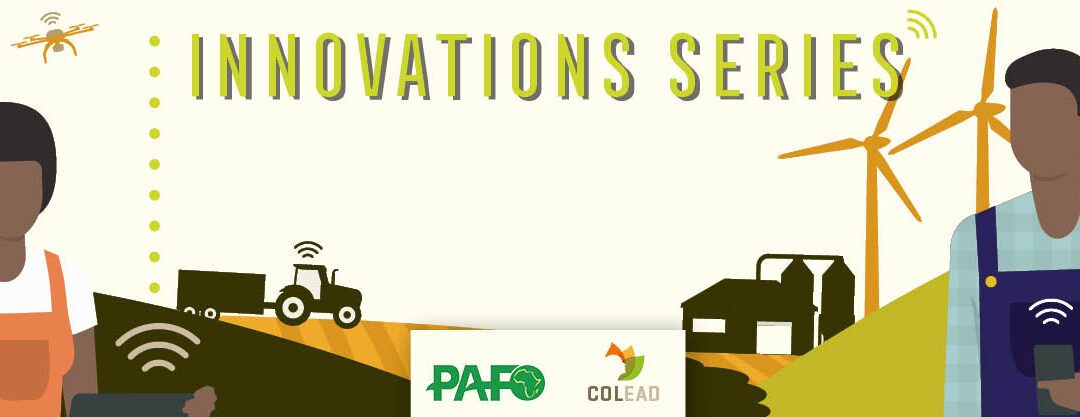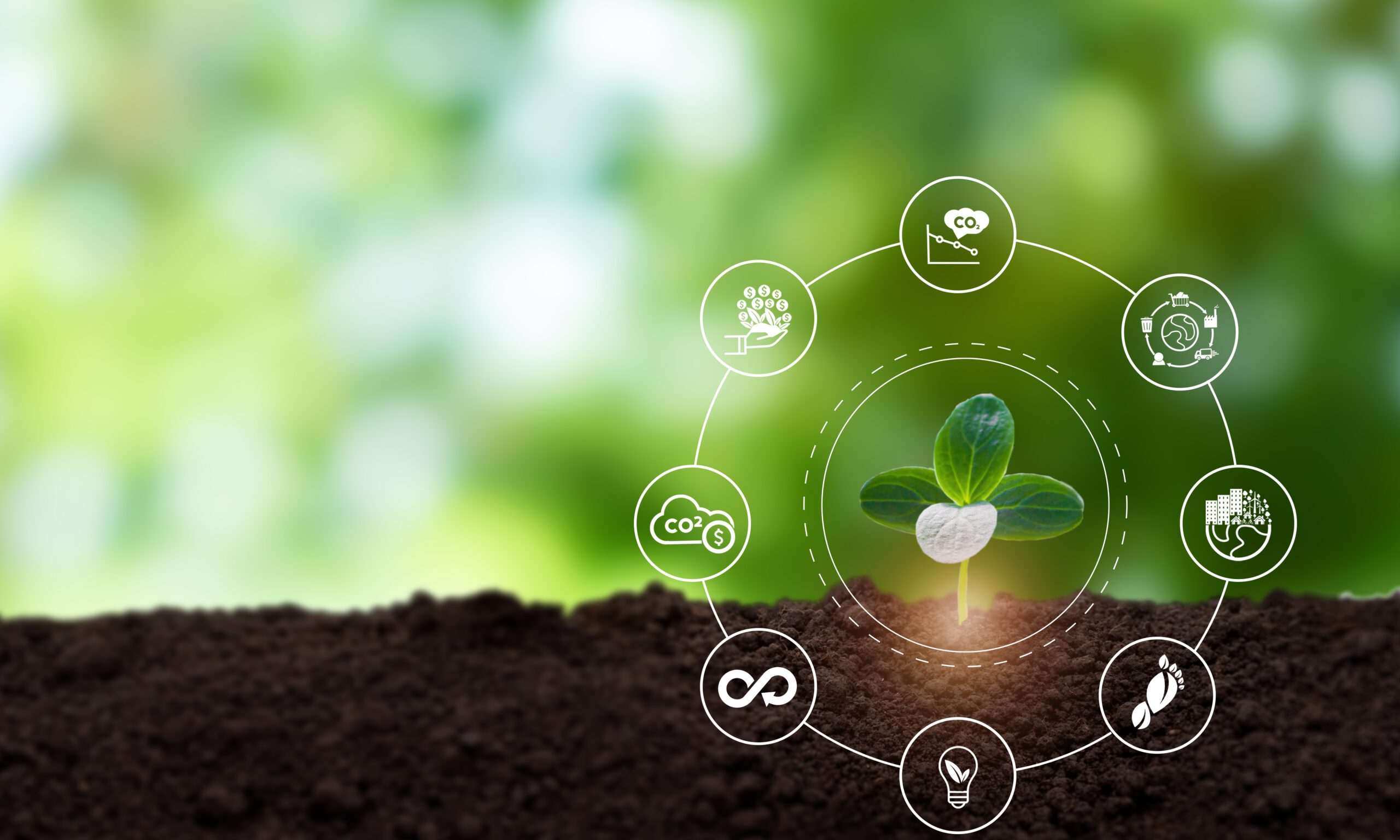Foresight: Key agrifood changes impacting entrepreneurs (South-South)


Moving away from the linear “take-make-use-dispose” model and transitioning to a regenerative growth model is essential to keep resource consumption within planetary boundaries. In a circular economy, the value of products, materials and resources is maintained in the economy for as long as possible, and the generation of waste is minimized. The current linear economy continually increases its demands of scarce natural resources. By using and consuming in a more circular way, we can substantially reduce the impacts of human economic activities on the environment, including on biodiversity (European Commission)
A circular economy approach can be applied to many sectors, ranging from food production and processing to raw materials, textiles, plastic and electronic goods to only name a few.
While the world needs an increase in production to address food and nutrition security without compromising the environment and limited resources, food loss and food waste are a global challenge.
Global attention to food loss and waste (FLW) reduction is reflected in the 2030 Agenda for Sustainable Development, particularly in the Sustainable Development Goal (SDG) 12: Responsible Consumption and Production which seeks to “ensure sustainable consumption and production patterns.” Target 12.3 of that goal aims to “by 2030, halve the per capita global food waste at the retail and consumer level, and reduce food losses along production and supply chains including post-harvest losses.”
Food waste reduction has significant implications for several of the UN SDGs such as Zero hunger (SDG 2), improving food security and nutrition (SDG 3), Responsible consumption and production (SDG12), Climate action and reducing greenhouse gas emissions (SDG 13), Life below water (SDG14) and Life on land (SDG 15).
Reducing food loss and waste has far-reaching effects on climate change and biodiversity, as well as driving down hunger rates, emissions, and economic losses for individual households. More than 1.3 billion tonnes of edible food material are wasted annually around the world, which represents about one third of the total food produced and is enough to feed more than one billion people.
Join our Forum to discuss and explore how to encourage innovations across agricultural value chains to transform food systems in African, Caribbean and Pacific countries and beyond, promote sustainable agriculture & leverage investments. Share insights, ask questions, and collaborate on innovative solutions for a greener future.

Foresight: Key agrifood changes impacting entrepreneurs (South-South)

Transforming Agrifood Systems: Opportunities for entrepreneurs in the Caribbean and Latin America

ETDS is a senegalese NGO specialised in territorial planning, local development and the...
Sugar Town Organics is a small agri-based social enterprise in Saint Kitts and Nevis that offers authentic Caribbean cosmetics and tasty vegan food products to encourage health and wellness.
Red Diamond Compost is a biotech social enterprise that converts organic waste materials and invasive plant species into green agrochemical solutions, such as fertilisers and biostimulants. The...
Indies Greens is a family owned business in Antigua and Barbuda dedicated to sustainable food production specializing in aquaculture and hydroponics. The company was presented during Caribbean...
Promoting circular economy
Innovations and technologies to reduce food waste and losses
Bioeconomy and Green Businesses
JHINES FACTORIES is a social company in Benin that is active in the processing of fresh local tomatoes into value added products such as food condiments, soap and cosmetics in order to reduce...
DercolBags Packaging is a company that produces in Ghana eco-friendly and biodegradable packages to replace single-use plastic packages and eradicate plastic pollution. The company was presented at...
Panuka Farm produces fresh vegetables in Zambia using agricultural techniques adapted to cimate change and combines productivity with biodiversity conservation. The company was presented in the...